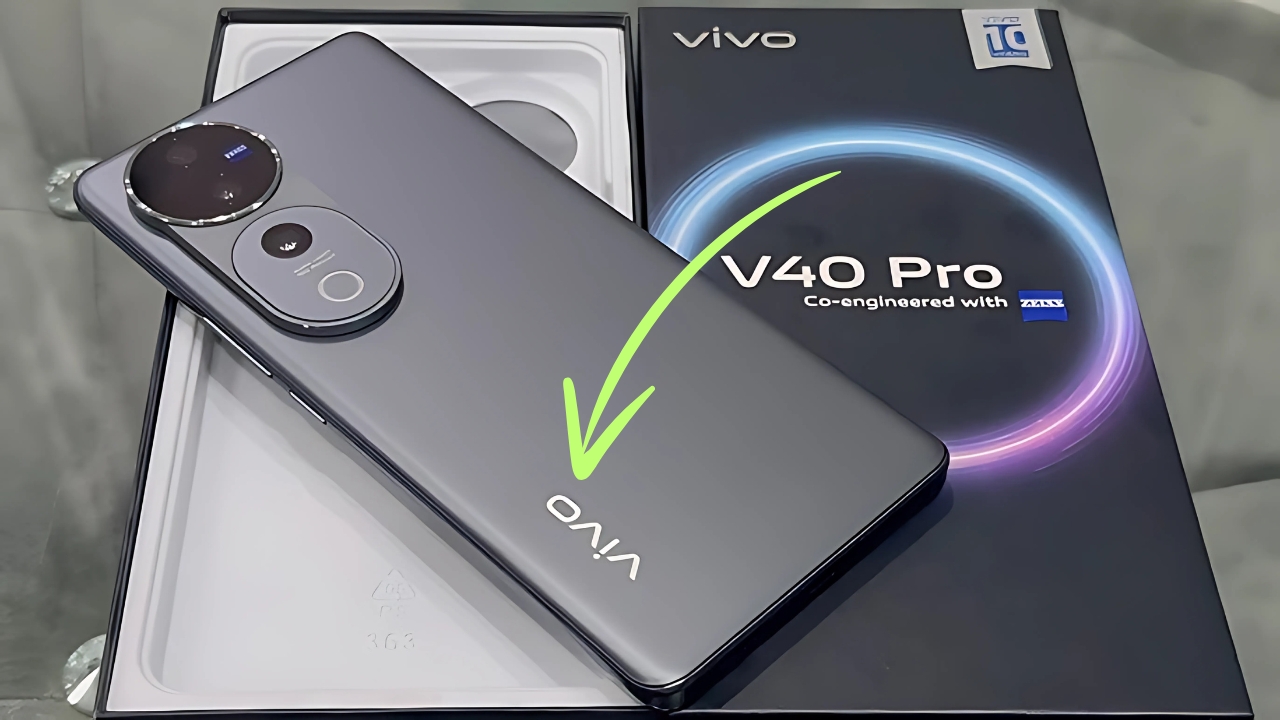In a move that’s set to redefine the boundaries of mobile imaging, Vivo has unveiled its latest flagship device – the Vivo V50 Pro 5G.
This groundbreaking smartphone boasts an unprecedented 300-megapixel main camera, pushing the limits of what’s possible in smartphone photography.
A Leap in Mobile Camera Technology
The centerpiece of the Vivo V50 Pro 5G is undoubtedly its 300MP primary camera. This massive sensor represents a significant leap forward in mobile imaging, rivaling the capabilities of professional-grade DSLR cameras.
“The 300MP camera on the Vivo V50 Pro 5G is a game-changer for mobile photography,” said Vivo’s head of camera development, Aisha Sharma.
“We’ve pushed the boundaries of what’s possible in a smartphone, allowing users to capture images with unparalleled detail and clarity.”
Pixel-Binning for Exceptional Low-Light Performance
To achieve this unprecedented resolution, the 300MP sensor employs advanced pixel-binning technology.
By combining multiple pixels into larger, more light-sensitive units, the camera can deliver exceptional low-light performance without compromising on detail in well-lit conditions.
“The pixel-binning process allows the 300MP sensor to capture stunning images even in challenging lighting situations,” Sharma explained.
“Users can expect incredible detail and dynamic range, whether they’re shooting in bright daylight or dimly lit environments.”
Versatile Camera System
While the 300MP main camera is the star of the show, the Vivo V50 Pro 5G also features a versatile camera system to cater to a wide range of photography needs:
- 50MP ultra-wide lens for capturing expansive landscapes and group shots
- 12MP telephoto lens with 5x optical zoom and 100x digital zoom
- 5MP macro lens for detailed close-up shots
- 50MP front-facing camera for high-quality selfies and video calls
AI-Powered Image Processing
Vivo’s proprietary AI image processing algorithms work in tandem with the hardware to optimize every aspect of the captured images.
From color accuracy and dynamic range to noise reduction and sharpening, the AI engine ensures that the final output is nothing short of impressive.
“Our AI algorithms are constantly being refined to deliver the best possible image quality,” Sharma said.
“We want users to be able to capture and share their memories with a level of detail and clarity that was previously unimaginable on a smartphone.”
Flagship-Level Performance and Features
The Vivo V50 Pro 5G is not just about the camera; it’s a well-rounded flagship smartphone that caters to the needs of modern users:
- 6.82-inch AMOLED display with 1080 x 2912 pixel resolution and 120Hz refresh rate
- MediaTek Dimensity 7200 processor for smooth performance
- Up to 16GB of RAM and 512GB of storage
- Massive 6500mAh battery with 120W fast charging support
- In-display fingerprint sensor and 5G connectivity
Pricing and Availability
The Vivo V50 Pro 5G is expected to be priced between ₹28,999 and ₹31,999 in India, with initial launch discounts of up to ₹3,000.
This positioning places the device in the premium mid-range segment, making it a compelling option for users seeking a feature-packed smartphone.
“We’re confident that the Vivo V50 Pro 5G will redefine the premium smartphone experience in India,” said Vivo’s country manager, Rajesh Gupta.
“With its cutting-edge camera technology and flagship-level features, this device is poised to captivate tech enthusiasts and photography lovers alike.”
The Future of Mobile Imaging
The Vivo V50 Pro 5G with its 300MP camera represents a significant milestone in the evolution of smartphone photography.
As technology continues to advance, we can expect to see further innovations in sensor technology, computational photography, and AI-powered image processing.
“The race for higher resolutions may eventually plateau, but the future of mobile imaging will be defined by advancements in areas like low-light performance, dynamic range, and intelligent features that enhance the overall photography experience,” Sharma said.
With the Vivo V50 Pro 5G, the company has not only created a powerful tool for photography enthusiasts but has also set a new benchmark for the industry.
As we move forward, it will be fascinating to see how this technology shapes the way we capture and share our world through the lenses of our smartphones.
